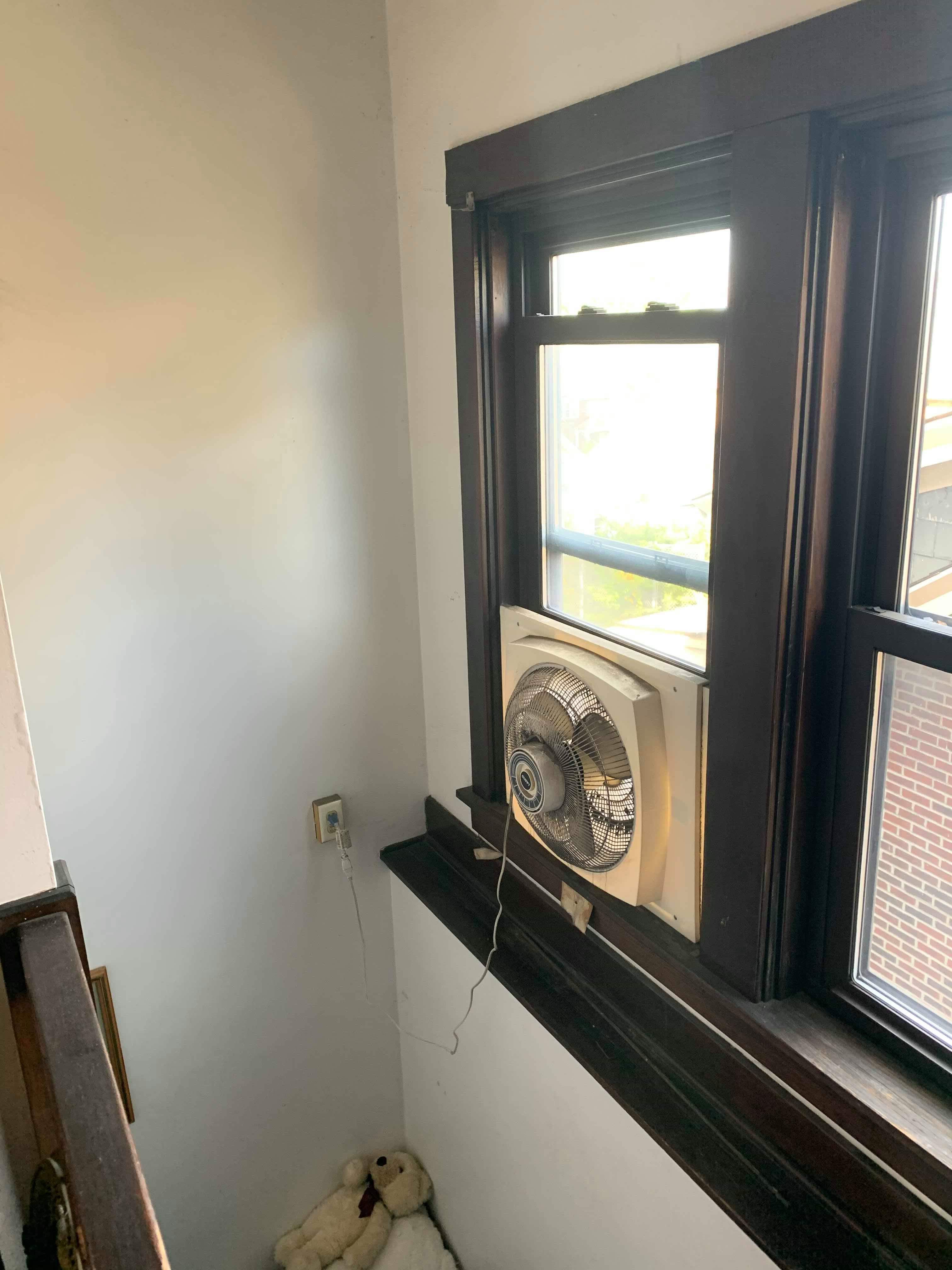Brief introduction
We (Nick, Leland and Jeena) as a team of students of the CMU Introduction to Physical Computing class are required to make an assistive device for an older person. We are assigned to work with James. On October 21th, 2 of our team members Nick and Jeena conducted an interview with James at his house to learn more about him.
Interview agenda
Prior to our interview, we prepared an agenda about the general flow we wanted to have for our interview as well as the types of questions we thought should be answered before we began thinking about project ideas for James. This was our agenda:
Icebreakers/Introductions:
–James’ Career and background, his interests
-Each of our majors and backgrounds, some things we like to do for fun or classes we are currently taking at CMU
Logistical Questions:
-Preferred methods of communication
–Best times to email James
-General expectations about how often he’d like us to update him
Questions about his daily life:
-Describe a typical day
-Some of his major hobbies
-Locations or activity he visits or performs often
-General nuisances he experiences
-The most annoying thing he’s had to do in the past couple of days
-New things he’s been trying out
-Things he does for fun with other people and who are those people?
-Things he liked to do but no longer does
Questions about James
-Some words to described himself
-His motivations for becoming an Osher student
-His hopes for the project
Interview summary and major takeaways
We arrived at our meeting with few expectations. James was waiting for us outside ready to receive us and right off the bat, he seemed to have some ideas about what kinds of things he thought would be good projects for us to tackle around the house. Before we got down to business, however, we talked for a while about his career at CMU and he in turn asked us about our interests and hobbies. At one point, the conversation turned to James and his wife’s love of frogs as we had noticed earlier a large number of amphibian statues scattered around the porch. He described to us how he had built the porch himself and would often sit outside and read.
As we went on, we learned more about James’ area of research as a physics professor and his frequent Skype calls with scientists at the CERN particle accelerator as well as his attempts to learn piano, German, and French simultaneously. One theme that seemed to come up repeatedly was James’ love for tinkering and working with his hands. He was very familiar with technology of all kinds and was planning on buying a drone later in the year.
Finally, James described to us the two problems that had come to mind as potential project ideas. He led us upstairs and showed us the first one.

James often has to straddle this staircase and lean over the fan to open his window.
Several times a year, James has a open a close a precariously positioned window behind a fan he would use for climate control. To open it, he would have to straddle a very high staircase and lift the heavy window himself (something he continues to do now).
His other major concern was a light switch that was blocked by a dresser. The only access he had to it was through a small hole cut out of the inside of the bureau which was rather awkward to reach when turning off the lights. He had thought there might be a way to create a new remote switch that was easier to reach.

This is the hole cut into the side of his bureau. On the other side is a light switch sandwiched between the furniture and the wall.
As we left, we spent some time playing music on the piano and talking to him about his process of learning. He said he loves Baroque, but struggled with learning how to play separate parts of a piece with separate hands.
In general, the interview felt like it went quite well. It was nice to arrive and find that James already had some ideas in mind, however, we were a little worried as we left that nothing had immediately stuck out as a project idea. Though James suggested some himself, with elaborating on the ideas ourselves, the projects initially struck us as too mechanically challenging or tending towards the trivial side.
What we learned about James, however, was invaluable. He’s a maker as well and is excited about being involved in the project. I’m sure if he could have enrolled in 223 himself, he would have and he had no shortage of ideas for his own projects in the future. So we felt like we left with an solid understanding of our customer, we were just missing the perfect project.
Post-interview wrap-up discussion
The meeting followed the agenda as James answered all the questions on the agenda. However, it was hard to come up with some definite possibilities for what to build a device for due to some miscommunication. James signed up to be an Osher student because he thought that he’d be building something, so he had a few ideas in mind . However, these ideas were quite mechanical problems that wouldn’t suit good problems for us to solve electronically. If we were to do it again, we would make sure to be upfront with what kind of problems we’re looking for. For example, when he is talking about a daily process of his, we should be suggestive in what-ifs to give him a better picture of what we’re looking for. I believe each member of the team felt the same way about the interview, as we all had trouble finding some good ideas of what to make for James.
Comments are closed.